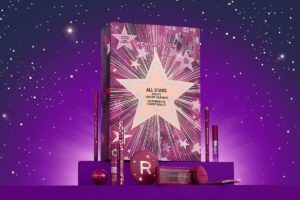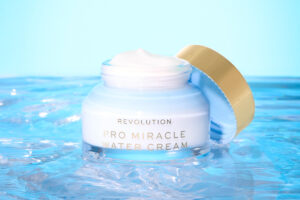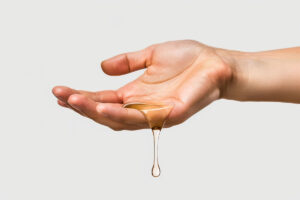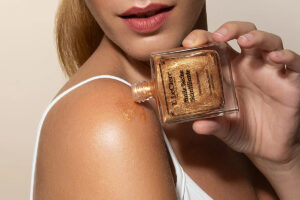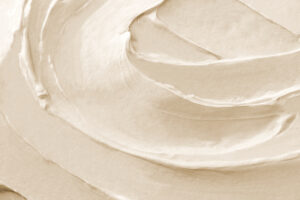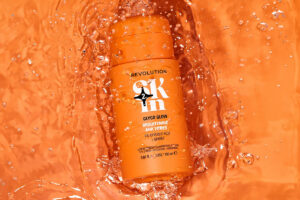BHA has rightly gained widespread popularity thanks to its effectiveness, multiple benefits, and ability to target specific skin concerns. It’s commonly used in chemical peel treatments but is also found in various everyday skincare products for home use. Below, we explain what BHA is, why it’s so highly regarded, who it’s suitable for, and when and how to use it.
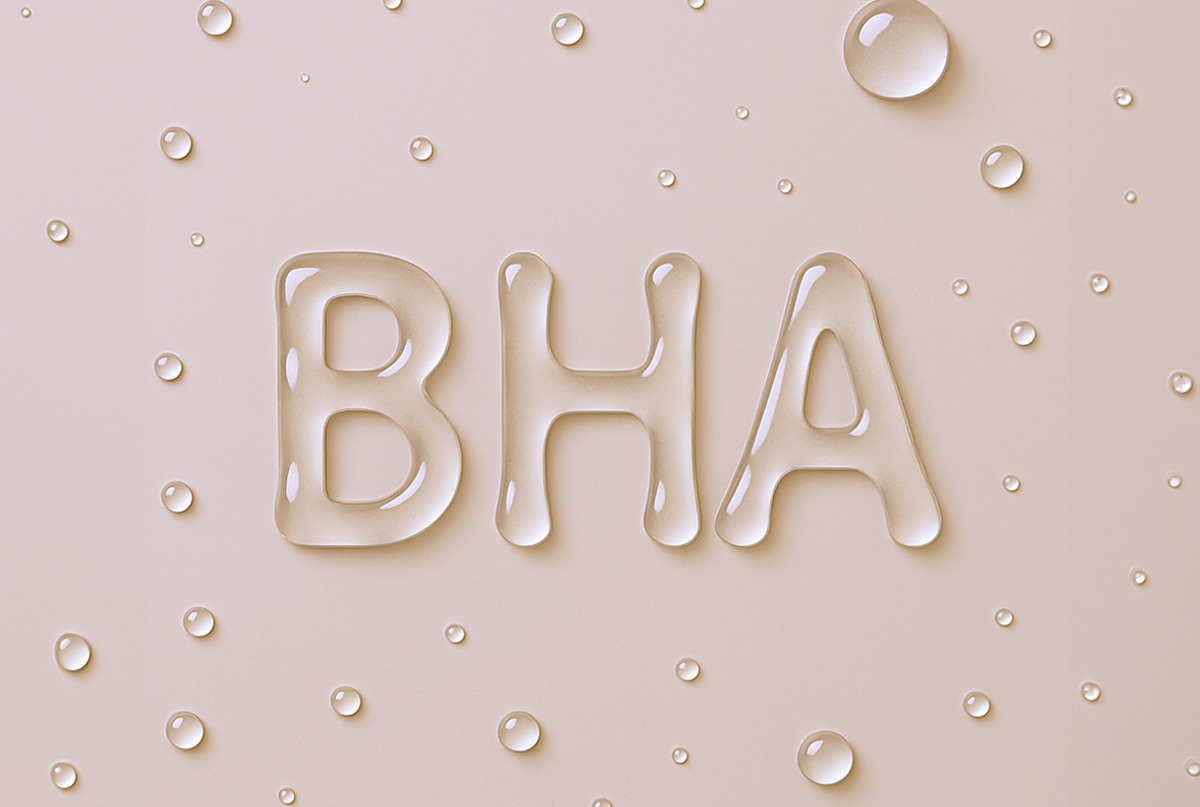
What is BHA
Beta-Hydroxy Acids (BHAs) belong to a group of chemical exfoliants known for their ability to penetrate deeper into the skin. Unlike AHAs, which work on the skin’s surface and are water-soluble, BHAs are oil-soluble, allowing them to penetrate deeply into the pores.
The most well-known BHA in cosmetics is salicylic acid, prized for its effectiveness and trusted performance in skincare. Because of this, when you see “BHA” mentioned in a cosmetic context, it almost always refers to salicylic acid.
Due to its ability to clear pores from within, this acid removes excess sebum and dead skin cells. As a result, it reduces the conditions that allow bacteria responsible for inflammation and acne to thrive.
In addition to helping fight acne and inflammation, BHA:
- evens out skin texture;
- helps treat ingrown hairs;
- brightens acne scars;
- stimulates the skin’s natural renewal process.
Is BHA Suitable For Everyone
BHA is especially effective for oily and combination skin on the face, owing to its deep pore-cleansing action.
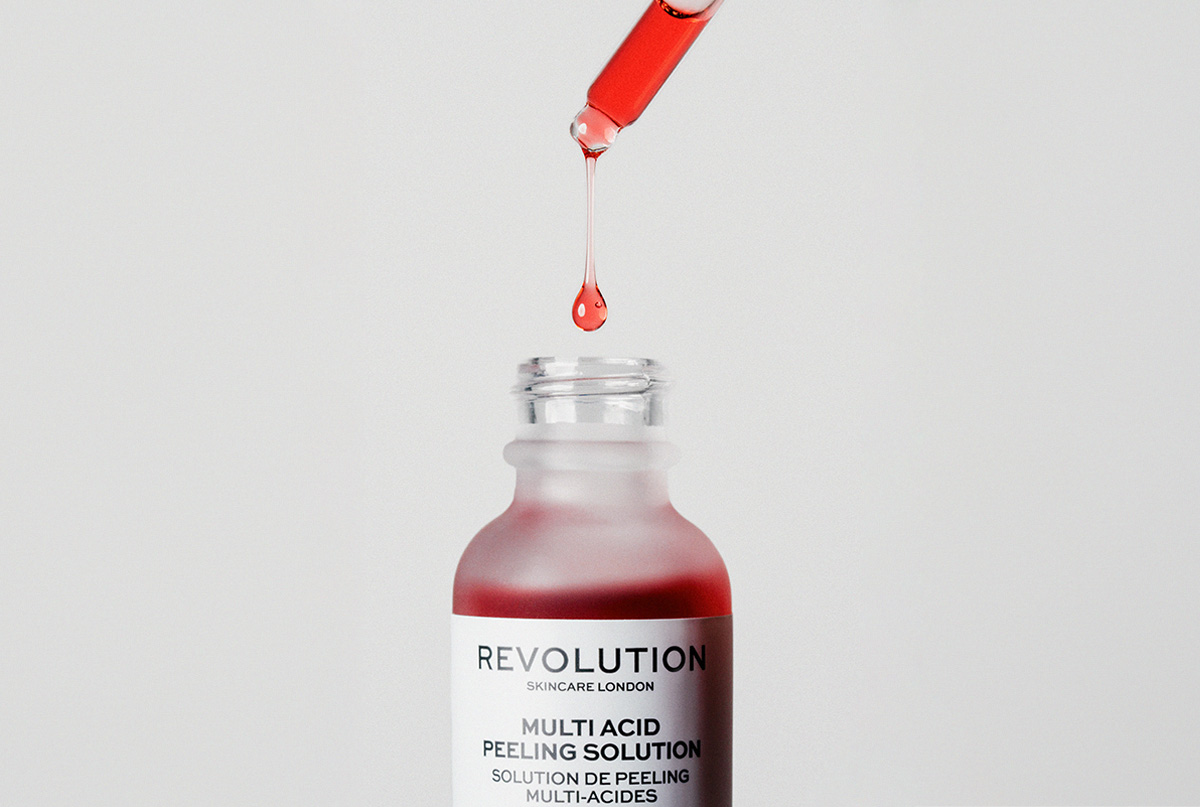
Facial care is important, but so is caring for the body. BHA has proven highly effective in treating acne on the back, chest, and areas prone to excessive sweating and sebum build-up. Due to its exfoliating and anti-inflammatory properties, this acid also helps with “chicken skin” (keratosis pilaris) and psoriasis.
Regular use of products containing this ingredient, such as Revuele Anti-Pimple Shower Gel & Exfoliator and Body Spray, can contribute to healthy, soft skin. In addition to BHA, these products also contain allantoin, which soothes and regenerates the skin, and niacinamide, helping reduce redness and control sebum. Together, these ingredients provide anti-inflammatory benefits and help keep the skin healthy and smooth.
However, BHA is not a one-size-fits-all solution for every skin type. If you have dry or sensitive skin, use it cautiously, as frequent application may cause irritation and redness. If you are allergic to aspirin (salicylates), avoid products containing BHA, since salicylic acid belongs to the same chemical group.
BHA in Skincare: Tips for Safe and Effective Use
Thinking of adding BHA products to your skincare routine? If so, it’s important to know when and how to introduce them for the best results.
When Is the Right Time to Use It
BHA can make your skin more sensitive to the sun, so it’s usually best to use it in the evening as part of your nighttime skincare routine. However, wearing sunscreen every morning is essential when using this ingredient, especially if you apply it in the morning.
Due to increased skin sensitivity to UV radiation, it’s better to use BHA during the winter months. Since sun exposure is lower then, allowing for more frequent and intensive use. However, SPF remains essential, as UV rays can still harm skin treated with acids even in winter.
As part of your skincare routine, after cleansing your face, you can apply a layer of toner, serum, or a gentle exfoliant containing this ingredient, followed by a moisturiser. To make choosing a complete skincare set easier, we recommend the Revolution Skincare collection: Clearly Me Clarifying Gel Cleanser, Pore Player Clarifying Toner, and Clear Canvas Clarifying Serum with salicylic acid. These products also contain hyaluronic acid, aloe vera, and vitamin E. The ingredients help maintain the skin’s natural barrier, reduce redness, and improve facial skin elasticity. For the final step in your routine, there’s the Cloud Clear Clarifying Moisturizer. Enriched with hyaluronic acid, niacinamide, and ceramides, this cream will hydrate, restore, and strengthen your skin’s protective barrier.
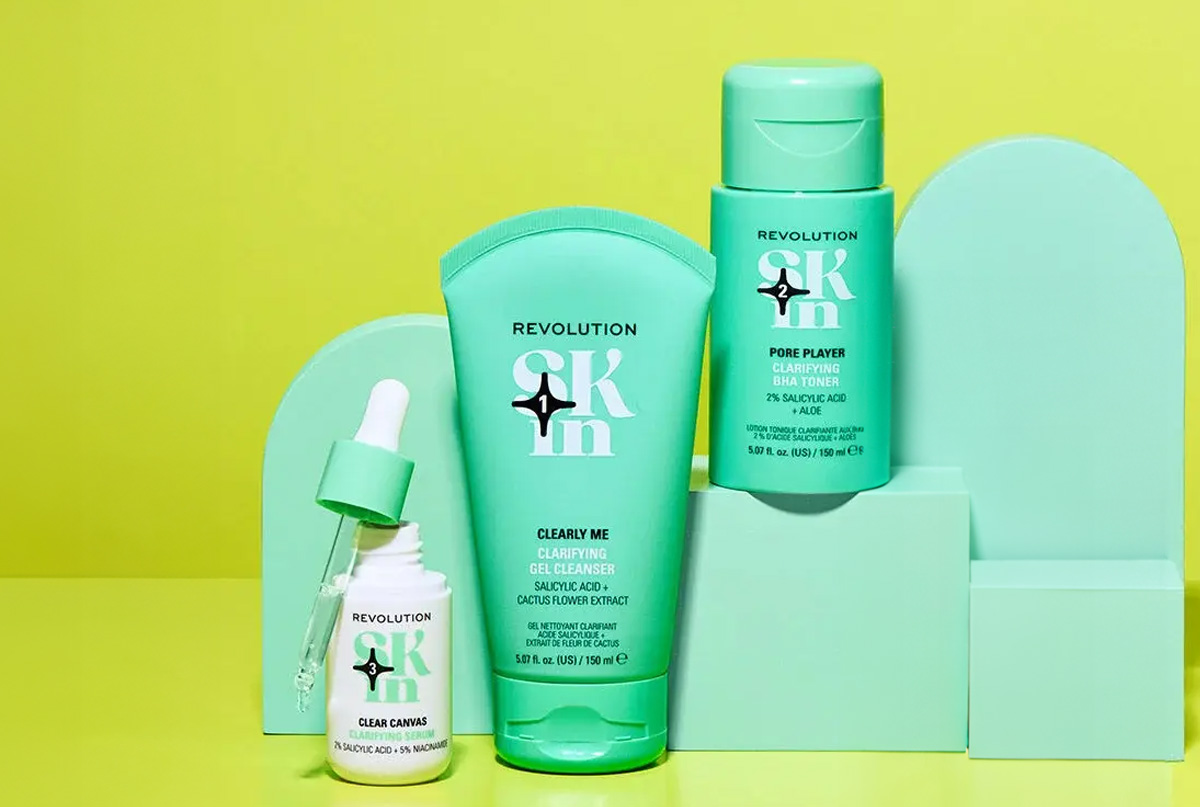
It’s important not to combine BHA with certain active ingredients in the same skincare routine. Therefore, avoid using it simultaneously with:
- Retinol – as it can increase sensitivity and irritation;
- Vitamin C – since they can neutralise each other;
- Benzoyl peroxide – which raises the risk of dryness and redness.
Instead of combining them, use these ingredients at different times of the day (for example, vitamin C in the morning and BHA in the evening) or alternate them on different days, depending on how your skin tolerates them.
AHA and BHA: How They Work Together
AHA and BHA have different properties and affect the skin in various ways. This often raises the question of whether it is safe to use them together, either as separate products within the same routine or as ingredients in a single formulation.
Products that contain both AHA and BHA usually require a gradual introduction into your skincare routine, along with additional skin protection. Dermatologists recommend using these acids at different times of day or on alternate days (e.g. AHA one day, BHA the next) to reduce the risk of irritation and excessive dryness.
On the other hand, products that combine AHA and BHA acids are designed to work together for a more powerful effect. Still, it’s important to choose formulas with carefully balanced concentrations and pH levels. That is why we recommend the Revox B77 Zitcare product line, which offers a well-balanced blend of AHA and BHA, enriched with tea tree extract. These products also contain PHA, which has a larger molecular size and penetrates the skin more slowly. This makes the collection suitable even for sensitive and dry skin.
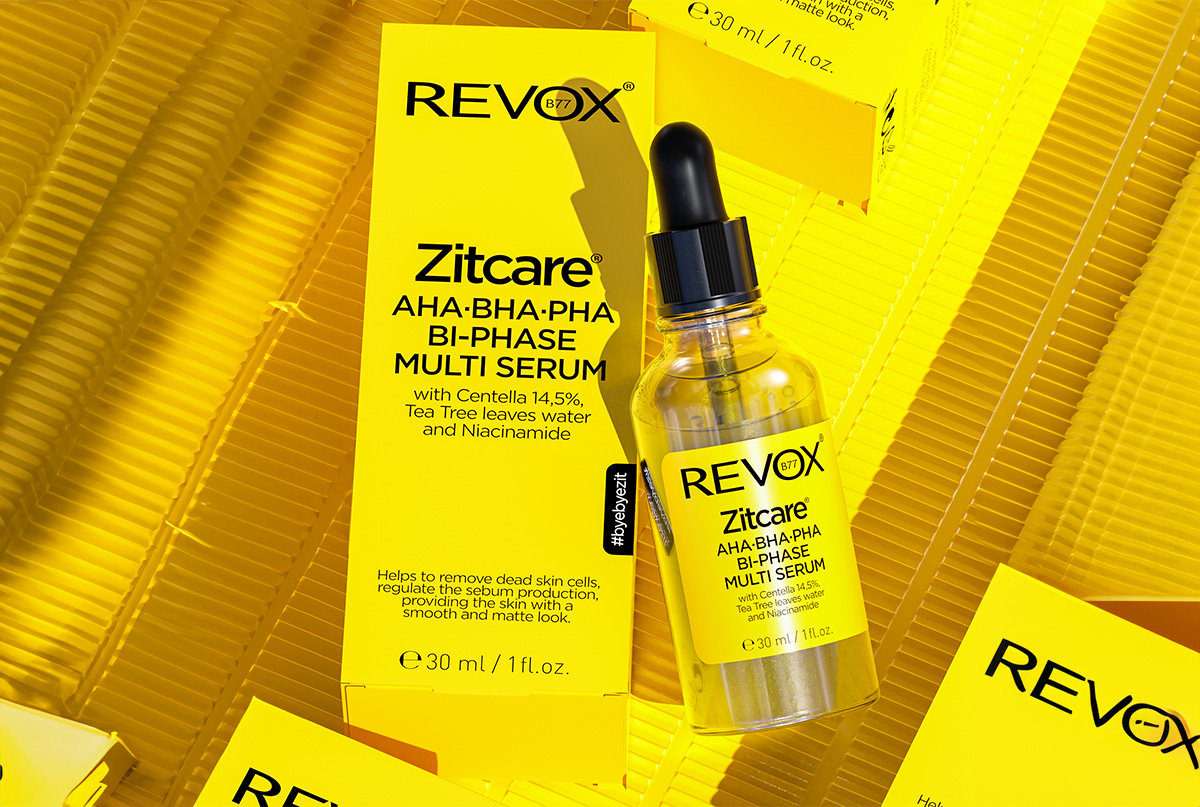
If this product line has caught your interest and you want to learn how to use it properly, check out our blog “Revox B77 Zitcare Products Loved By All Generations”.
A Step-by-Step Guide to Successful Use
When you decide to introduce this ingredient into your skincare routine, it’s important to do so gradually and carefully. Before starting regular use, it’s recommended to patch-test the product on a small area of skin. This way, you can check for any adverse reactions.
Start with products containing a low percentage of BHA. For the face, milder concentrations are usually used (e.g. 0.5–2%), while stronger formulas (e.g. 2–10%) are allowed for the body, as the skin there is thicker and more resilient. It’s best to begin using this ingredient two to three times a week to give your skin time to adjust. If there’s no irritation, redness, or excessive dryness, you can slowly increase the frequency up to daily use.
If you notice any signs of irritation such as redness, flaking, or stinging, reduce how often you use the product or take a break until your skin calms down.
BHA can significantly improve the health and appearance of your skin but it’s important to use it thoughtfully and carefully. Before starting, always consult a dermatologist. It’s especially important if you have sensitive skin, chronic skin conditions or are using other active ingredients. This way you will be certain whether you can use it at all and how to include it into your routine in the safest and most effective way.
Have you tried treatments or products with BHA? Share your experiences and favourite products in the comments below.
